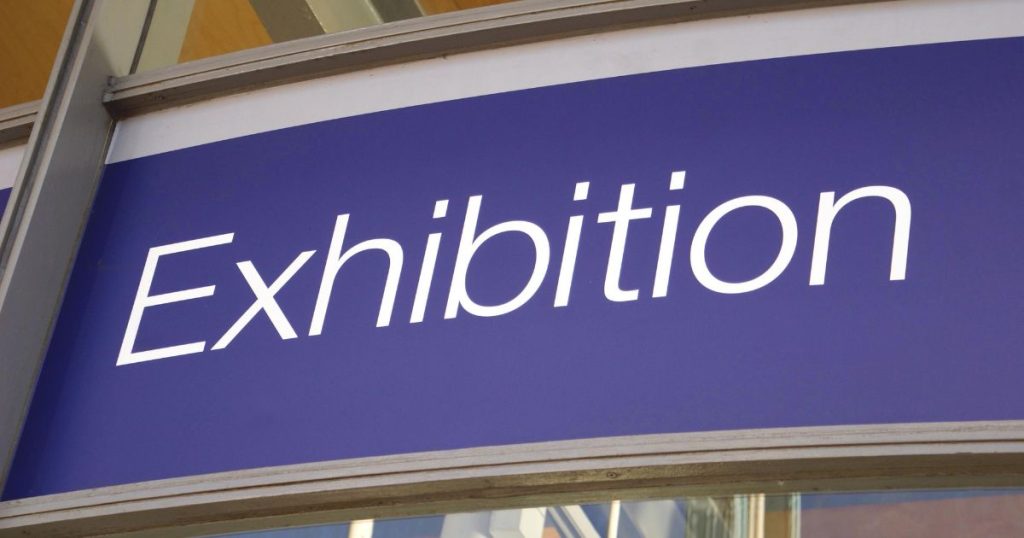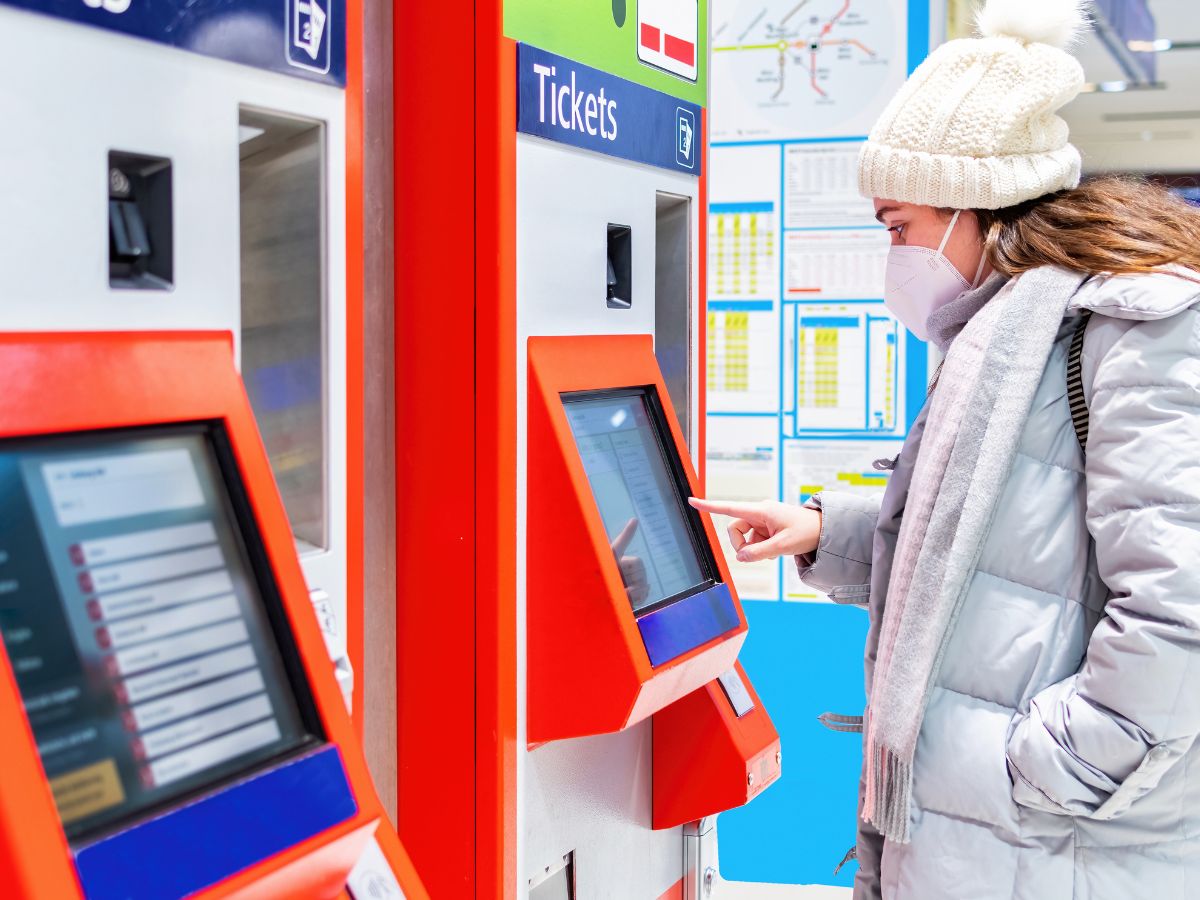Developing an extensive checklist for exhibition planning guarantees that nothing is missed and that the event proceeds seamlessly. Regardless of what nature of exhibition, perhaps an online exhibition, producing a small-scale show for a non-profit group, gallery, collection, or library, or you are just interested in learning more about how to organize trade shows, this blog post will walk you through by following exhibition design procedures to help you turn your ideas into reality.
Below is a broad 16-point exhibition planning checklist:
Prior to the event Preparation
Establish aims and objectives:
Identify the purpose of the exhibition. Set quantifiable goals, such as the estimated number of participants, objectives for sales.
Setting up a budget:
Create an exhibition budget that accounts for all exhibition-related expenses, such as the location, promotional activities, and personnel.
Venue selection:
Look into and narrow down possible locations. Think about accessibility, facilities, resources, and location. Reserve the space and execute agreements. Here are some of the best event venues in Texas on a budget.
Design and Themes:
Create a theme that complements the exhibition’s goals. We encourage you to be purposeful in how the exhibition area will be arranged and designed.
Trainers:
Choose your squad for the exhibition. Check whether they have the competence and whether they are seasoned pros in events.
Time and Date:
If you are hosting your event, you need to select a time and day to get the most people there. Look for overlaps with other important occasions. It is essential to choose a date and time that will ensure the presence of maximum attendees. Check out how to increase attendance at events.
Advertising and Promotion:
Make a marketing strategy that includes social media, email, fliers, and news releases. Create marketing collateral, such as posters, pamphlets, and websites. Plan and carry out marketing initiatives. Read the 5 ways to promote an event.
Recruiting Sponsors and Exhibitors:
Determine possible exhibitor invitations. Assist possible sponsors by putting up promotional bundles. You only get sponsorship for events when you make it a top priority.
Equipment and Technology:
Make the essential equipment arrangements (illumination, internet, Audiovisual systems). You should ensure that a technical assistance strategy is in place. Technical assistance takes care of all glitches that may occur during your show, and that is why it is imperative that you make it one of your exhibition planning checklists
Planning for Logistics:
Make plans for materials’ preservation and conveyance. Schedule your setup and breakdown. Plan your insurance and security.
Purchasing Tickets and Registering:
Create a mechanism for online registration. Make plans for ticket sales and on-site registration. Get passes and credentials ready.
Read more: How to get the best event ticket deals in 2024.
Exhibition Planning Checklist: After the Event
- Dismantling and Cleaning: Organize the displays’ effective dismantling. Make sure the location is left in a decent state.
- Confirmation and Feedback: Where you hosted the exhibition, thank the sponsors, exhibitors, and guests with notes. Gather input with forms and questionnaires. Examine suggestions for future developments.
- Reconciling finances: You would have incurred a lot of expenses organizing your event. You need to complete all financial operations and settle unpaid bills. Check the budget against the actual spending. This is one of the most crucial pieces of the exhibition planning checklist. It will give you facts and numbers as to whether your spending was not beyond the event budget. The data received will be handy for future events.
- Assessment and Documentation: Write a thorough report outlining the event’s achievements and potential improvements. Assess the accomplishment of targets and goals. Did you meet the set KPIs for your event?
- Event After-Party Promotion: Use a variety of platforms to disseminate the event’s highlights and results. Interact with the crowd to keep them interested in upcoming events. Stay updated on Upcoming Events in the United States with our event-listing platform.
Typical Errors to Avoid in Exhibition Planning
We’ve heard a lot about how to thrive at an exhibition, so now there are some things you should never do. Businesses have a great chance to exhibit their goods and services, make connections with prospective customers, and establish their brands at exhibitions and trade events. However, having a well-thought-out exhibition booth design is essential to maximizing these opportunities.
Your participation’s efficiency might be greatly impacted by avoiding frequent errors. We’ll talk about the top 12 exhibition booth design errors to avoid in this post.
12 Exhibition Booth Design errors to avoid
Poor preparedness:
Not pre-planning the design of your exhibition booth is one of the worst errors you can make. Plan ahead of time to make sure you have sufficient time to produce a thoughtful design that supports your objectives.
Overlooking the Target Audience:
You should design a booth with your target audience in mind. Missed chances might result from failing to take your possible customer’s needs and tastes into account.
Lack of Clear Information:
Complicated or ambiguous messaging tends to cause misunderstandings. B sure the statement on your stand conveys the core values of your business or products in a clear, succinct, and effective manner.
Not Establishing a Reasonable Budget:
Make no financial compromises. Make sure the budget for the exhibition booth is reasonable if you want to get a decent return on your investment. When positioned close to other exhibitions that have invested time and money in their shows, cutting corners won’t help you at all. You don’t want to appear like the less fortunate relative.
Ignoring Brand Consistency:
It’s critical to keep your brand consistent across your stands. Make sure your brand is showcased consistently, from fonts and shades to images and logo positioning, to strengthen awareness.
Not Promoting:
If you don’t notify people, how will guests, patrons, and prospective customers find out where you’re hanging out at the exhibition or if you are present at all? Too often, individuals neglect to advertise the exhibition booth to the database of their past and future consumers before the event. You should include in your preparation the promotion of your location and the show. Make use of more than simply the exhibition organizers. Develop your social media presence and start posting announcements in the run-up to the show.
Magnificent Images:
Although images are important, packing your display with too many graphics might overwhelm guests and weaken your message. Maintain it neat, uncomplicated, and eye-catching.
Untrained Employees:
During the exhibition, your booth employees represent your business. Missed chances may arise from inadequate training in brand knowledge and client interaction.
Ignoring to brief the employees:
Give the people responsible for staffing the stand a briefing. It is not enough to simply ask people to show up and assume they would know exactly what needs to be done. Ascertain that they are appropriately attired to represent the organization and that they possess all the necessary expertise and information to effectively represent your business.
Bad Lighting:
The visibility of your stand may be impeded by improper or insufficient lighting. Good lighting can make a statement, highlight important features, and distinguish your stand.
Avoiding Technology:
Avoiding technology usage in the digital era might be a big mistake. To draw in customers and highlight your products, include interactive features, interactive displays, or augmented reality.
Insufficient Follow-Up Strategy:
Errors may persist long after the exhibition is over. Missed opportunities and unconverted leads might result from an inadequate post-event follow-up strategy. After the event, make sure you have a plan in place for maintaining the relationships you formed.
Conclusion
In conclusion, the design of an exhibition stand must avoid these typical blunders if it is to be a success. You may leave an indelible mark on guests and accomplish your objectives with the aid of a well-thought-out, aesthetically pleasing, and strategically built exhibition. Effective booth design may help you leverage exhibition as a means of promoting your brand, generating leads, and expanding your business. Finally, you should thoroughly follow the event planning checklist as highlighted above to ensure your exhibition is talked about round the year, and make both exhibitors and attendees be willing and forward-looking to attend your upcoming events.





